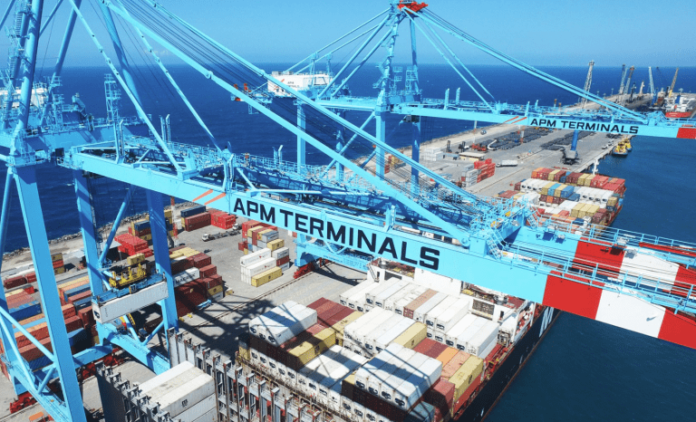
APM Terminals and SANY Marine have signed a Master Framework Agreement for the future supply of battery-electric terminal tractors to APM Terminals.
Under the deal, about 500 diesel-powered terminal tractors across APM Terminals’ global network will be replaced with battery-electric models by 2030
This transition is part of a standardised approach to electrifying terminal equipment, reinforcing the port operator’s commitment to decarbonisation.
“APM Terminals is accelerating the decarbonisation of our operations through battery electric equipment, renewable energy and energy efficiency,” said Olaf Gelhausen, COO of APM Terminals. “This agreement demonstrates our commitment to taking action, not just talking. Standardising our equipment and scaling battery-electric solutions across our terminals is central to our strategy to reach net zero.”
“Securing this partnership with APM Terminals is a milestone for SANY Marine and the industry,” noted Jeff Fu, CEO of Sany Marine. “It is our largest global electric terminal truck order to date, and we are proud to support APM Terminals with comprehensive, low-carbon solutions that enable faster progress towards fully decarbonised terminal operations.”
Grant Morrison, Head of Global Asset Category Management at APM Terminals, and Jeff Fu, CEO of SANY Marine, were present at the signing ceremony, which took place in Zhuhai, China.
“The multi-year agreement builds on the 2024 Strategic Supplier Council hosted by APM Terminals, which highlighted our goal of creating win-win partnerships,” commented Morrison. “The agreement exemplifies this vision by moving from a traditional capital expenditure (CapEx) model to a full-cycle partnership. This provides end-to-end support for the operation, maintenance and optimisation of the equipment throughout its lifespan.”
This partnership also highlights the role of the Zero Emission Port Alliance, co-founded by APM Terminals in December 2023.
“Over the last two years, we’ve not only seen major technological advancements, but also significant improvements in the cost-effectiveness of battery-electric equipment,” added Gelhausen.





